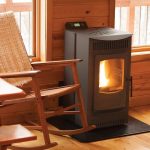In this guide, we’ll cover The most common pellet stove problems, simple fixes, and the repair costs you can expect. Whether it’s ignition failure, poor heat output, or error codes, you’ll find practical solutions to keep your stove running smoothly
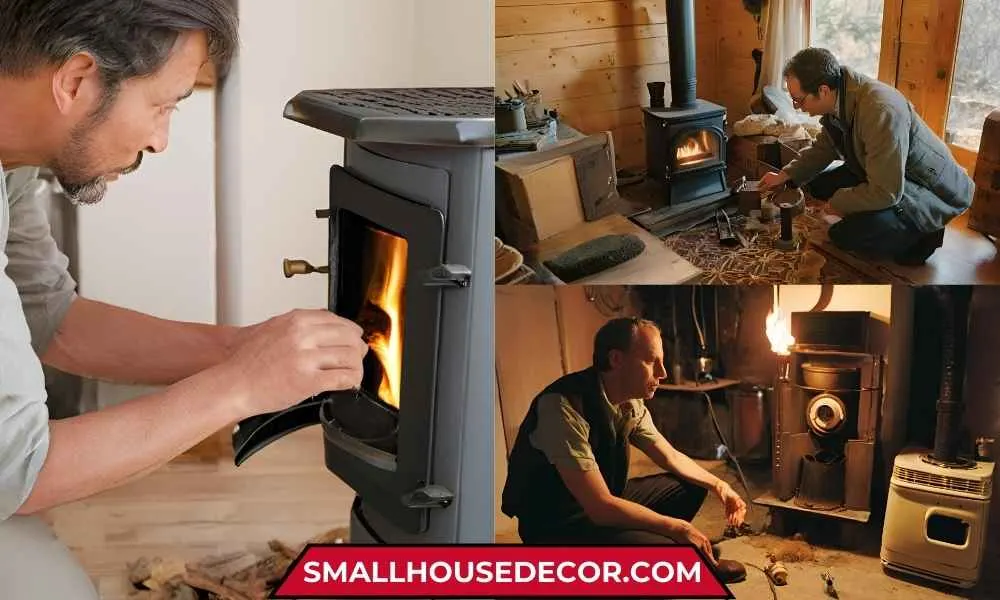
How Pellet Stoves Work?
I’ve been using pellet stoves for over 15 years, and I want to share my experience about how these efficient heating systems work, along with some crucial insights about safety and fuel quality.
Over the years, I’ve learned that understanding how your pellet stove works is crucial for preventing potential fire hazards. Here in fire-prone area like Los Angeles, I’ve always maintained my system meticulously.
I’ve found that a pellet stove operates like a carefully orchestrated machine – the auger feeds pellets into the burn pot, where the igniter starts the combustion process. The combustion blower provides oxygen for the fire while expelling exhaust, and the convection blower distributes the heat throughout your space.
Check out this animated video showing the internal components and inner workings of a pellet stove.
I’ve learned some valuable lessons about preventing burn issues.
First, I always ensure proper airflow – I’ve made it a habit to clean my burn pot weekly during the heating season. I’ve also found that using high-quality pellets like the Pit Boss blend makes a significant difference. Their low ash content means I’ve had fewer instances of clinkers (hardened ash deposits) forming in my burn pot.
Second, maintaining proper ventilation – I’ve installed additional carbon monoxide detectors near my stove, and I’ve made it a point to have my chimney professionally cleaned twice a year. I’ve noticed this preventive maintenance has helped avoid many common issues I see other pellet stove owners experiencing.
For those new to pellet stoves.
I always recommend starting with good pellets. From my experience testing various pellet brands, I can say that the Pit Boss Mesquite Blend stands out.
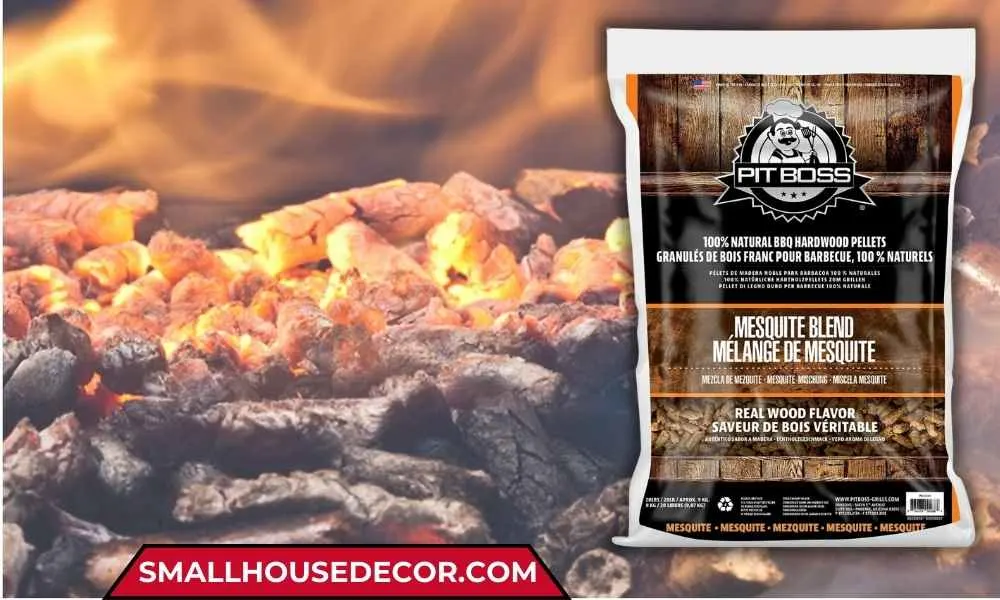
I’ve found that one 20-pound bag typically lasts me about 16-20 hours on medium heat settings. What I particularly appreciate is how well these pellets maintain a consistent burn temperature – I’ve noticed fewer temperature fluctuations compared to other brands I’ve tried.
We earn a commission if you make a purchase, at no additional cost to you.
Next, Let me share my experience with common pellet stove problems, their causes, and fixes. I’ll structure this information to help other pellet stove owners troubleshoot effectively.
1. No Power / Won’t Turn On
The pellet stove shows no signs of life when you try to turn it on.
Causes:
- Power surge damage from being plugged in during off-season
- Tripped manual reset high limit switch
- Blown fuses on the controller board
Solutions:
- Check and reset the manual reset high limit switch (usually a button you need to push)
- Inspect and replace any blown fuses on the controller board
- Verify power connection and outlet functionality
Estimated Repair Cost:
- DIY fuse replacement: $5-15
- Professional service call: $75-150
- New controller board (if needed): $200-400
2. Pellet Stove Not Feeding Pellets
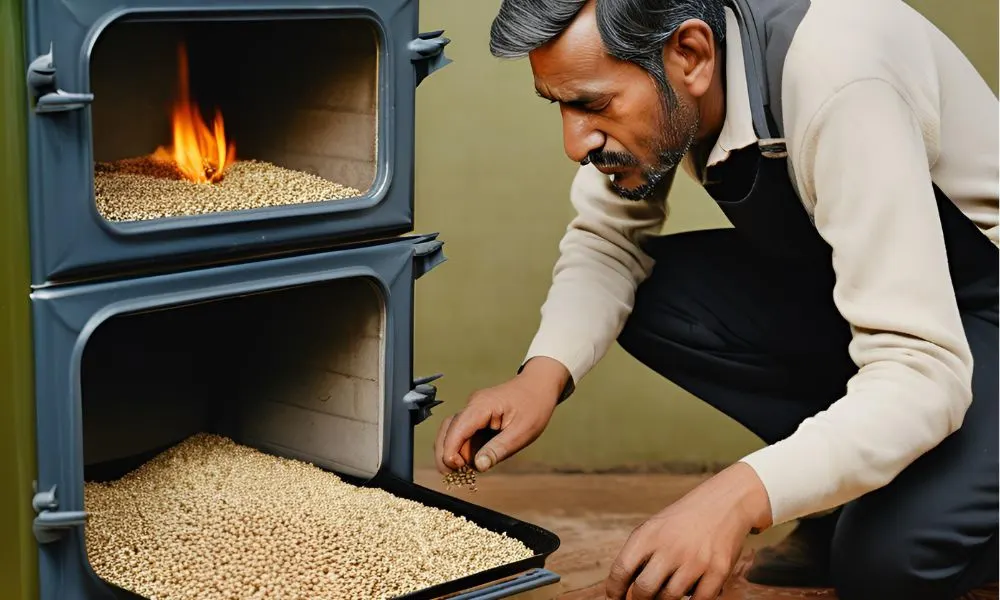
The pellet stove powers on but fails to feed pellets into the burnpot during startup.
Causes:
- Faulty vacuum/pressure switch
- Blocked hopper lid switch
- Clogged feed system
- Auger jam from foreign objects
Solutions:
- Clean all vent pipes and check for blockages
- Inspect and clean vacuum switch hose
- Check hopper lid switch functionality
- Clear any auger jams
- Verify exhaust blower operation
Estimated Repair Cost:
- DIY cleaning: $20-30 for supplies
- New vacuum switch: $40-80
- Professional cleaning: $150-250
- Auger motor replacement: $200-300
My Experience: How Cleaning My Stove Last Spring Made All the Difference?
Last spring, I took the time to remove and clean both the combustion and convection fans, emptied the hopper, and even vacuumed out the auger. When I refilled and tested it today, it took a few minutes for the pellets to make their way to the firebox since the auger was completely clean.
I could hear the auger motor running smoothly, and it’s working perfectly now. Taking the stove apart and cleaning it back then really taught me a lot about how it works.
3. Random Shutdowns
Pellet Stove starts normally but shuts down unexpectedly during operation.
Causes:
- Worn out feed motor
- Failed proof of fire sensor
- Dirty system restricting airflow
- Pellet bridging in hopper
Solutions:
- Clean entire system thoroughly
- Check and replace proof of fire sensor if needed
- Inspect feed motor performance
- Ensure proper pellet quality and length
Estimated Repair Cost:
- Proof of fire sensor: $30-60
- Feed motor replacement: $150-250
- Professional diagnosis and repair: $200-400
4. Excessive Fuel Feeding/Incomplete
Pellet Stove feeds too many pellets, resulting in partially
Causes:
- Dirty stove or vent system
- Incorrect damper settings
- Compromised firebox seal
- Poor air intake
Solutions:
- Complete deep cleaning of stove and vent system
- Adjust damper settings
- Check and replace door gaskets
- Verify proper outside air intake
Estimated Repair Cost:
- DIY cleaning kit and gaskets: $50-100
- Professional cleaning and adjustment: $200-300
- Door gasket replacement: $30-50
5. Won’t Shut Off
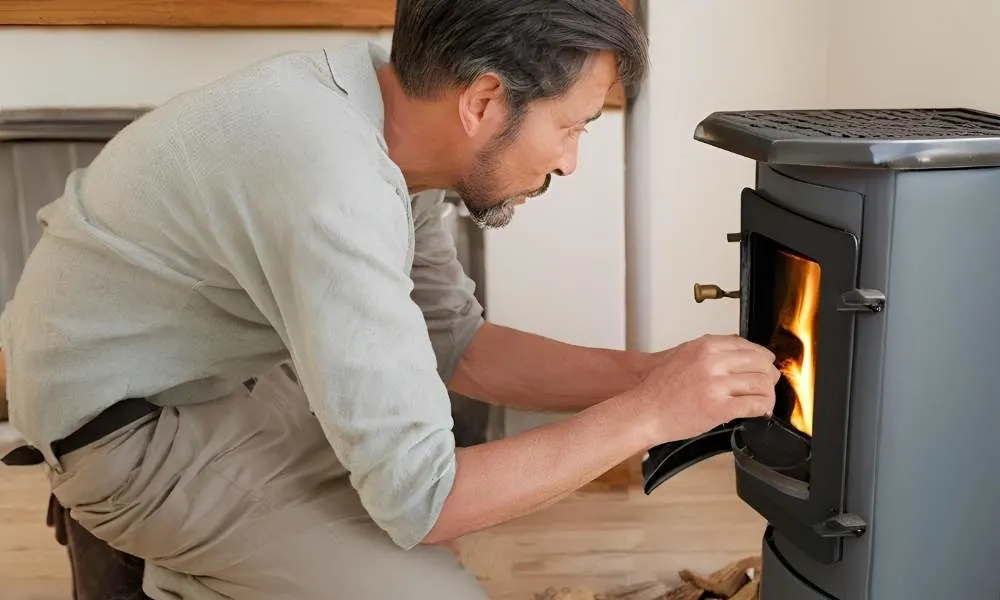
Stove continues to run even when commanded to shut down.
Causes:
- Stuck low limit sensor
- Cracked controller decal
- Improper thermostat connection
- Faulty control board
Solutions:
- Check and replace low limit sensor
- Inspect controller decal for cracks
- Verify thermostat connections
- Test control board functionality
Estimated Repair Cost:
- Low limit sensor: $40-70
- Controller decal replacement: $30-50
- New control board: $300-500
- Professional diagnosis and repair: $150-250
Also Read: 10 Best Smallest Microwave Oven Reviews
6. Ignition Failure
The pellet stove attempts to start but fails to achieve proper ignition, resulting in unburned pellets accumulating in the burn pot.
Causes:
- Faulty or dirty igniter
- Poor quality or wet pellets
- Blocked air intake
- Misaligned igniter position
Solutions:
- Clean the igniter thoroughly and verify proper positioning
- Use only premium-grade, dry pellets
- Clear any blockages in the air intake system
- Test igniter resistance and replace if necessary
Estimated Repair Cost:
- Igniter replacement: $75-150
- Professional igniter service: $150-250
- Premium pellets (preventive): Additional $1-2 per bag
7. Excessive Smoke Production
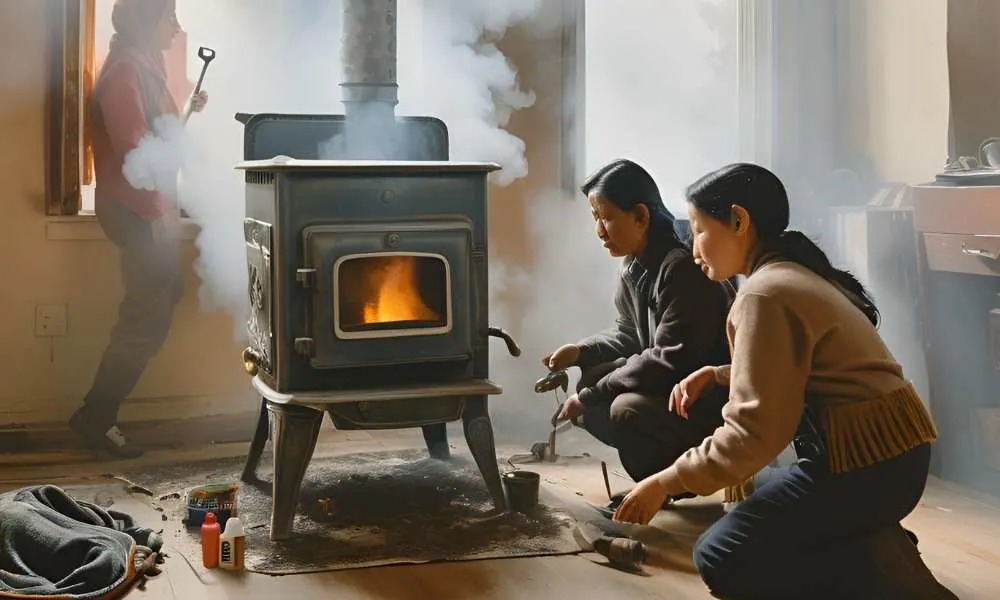
The pellet stove produces abnormal amounts of smoke or visible soot during operation, indicating incomplete combustion.
Causes:
- Overfilled burn pot from excessive feed rate
- Accumulated debris in combustion chamber
- Poor air-to-fuel ratio
- Blocked exhaust system
Solutions:
- Adjust the feed rate to match burn capacity
- Perform thorough cleaning of burn pot and combustion chamber
- Balance air intake settings
- Clean exhaust system and chimney
Estimated Repair Cost:
- Professional cleaning: $200-350
- Exhaust system cleaning: $150-300
- DIY cleaning supplies: $40-80
Also Read: While troubleshooting pellet stove issues and exploring repair costs, why not take a look at 7 Awesome Mini Kitchenette for Small Kitchen? It’s a perfect guide for creating functional and stylish spaces in compact homes.
8. Unusual Sounds or Vibrations
The stove produces abnormal noises like rattling, squealing, or grinding during operation.
Causes:
- Loose components or fasteners
- Worn-out bearings in blowers
- Foreign objects in blower housings
- Misaligned auger system
Solutions:
- Inspect and tighten all accessible fasteners
- Clean and lubricate blower motors
- Remove any debris from blower housings
- Check auger alignment and bearings
Estimated Repair Cost:
- Blower motor replacement: $200-400
- Professional diagnosis: $100-200
- Bearing replacement: $50-150
9. Low Heat Output
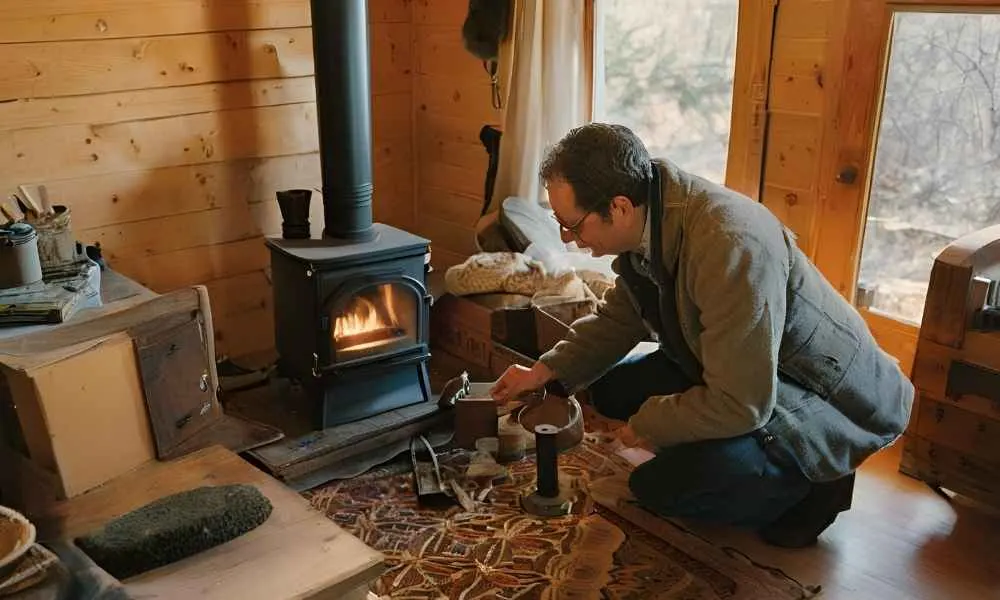
The stove produces insufficient heat despite proper fuel supply.
Causes:
- Restricted airflow
- Leaking door seals
- Blocked inlet cap
- Improper air-to-fuel mixture
Solutions:
- Clean or replace inlet cap
- Inspect and seal any air leaks
- Verify proper air intake settings
- Replace worn door gaskets
Estimated Repair Cost:
- Inlet cap replacement: $30-80
- Door gasket kit: $40-100
- Professional airflow adjustment: $150-250
Also Read: Understanding the components of your fireplace and chimney is just as critical as maintaining your pellet stove. Explore the Parts of a Fireplace & Chimney to learn how each element contributes to efficient heating and safety, and see how these insights can complement your overall home heating strategy.
10. Excessive Fan Cycling
Blower fans turn on and off frequently, affecting heating efficiency and comfort.
Causes:
- Dirty temperature sensors
- Miscalibrated thermostat
- Faulty fan control board
- Blocked heat exchangers
Solutions:
- Clean all temperature sensors
- Calibrate thermostat settings
- Clean heat exchanger surfaces
- Test and replace fan control components if needed
Estimated Repair Cost:
- Sensor replacement: $50-100
- Control board repair: $200-400
- Professional service: $150-300
11. Thermostat Issues
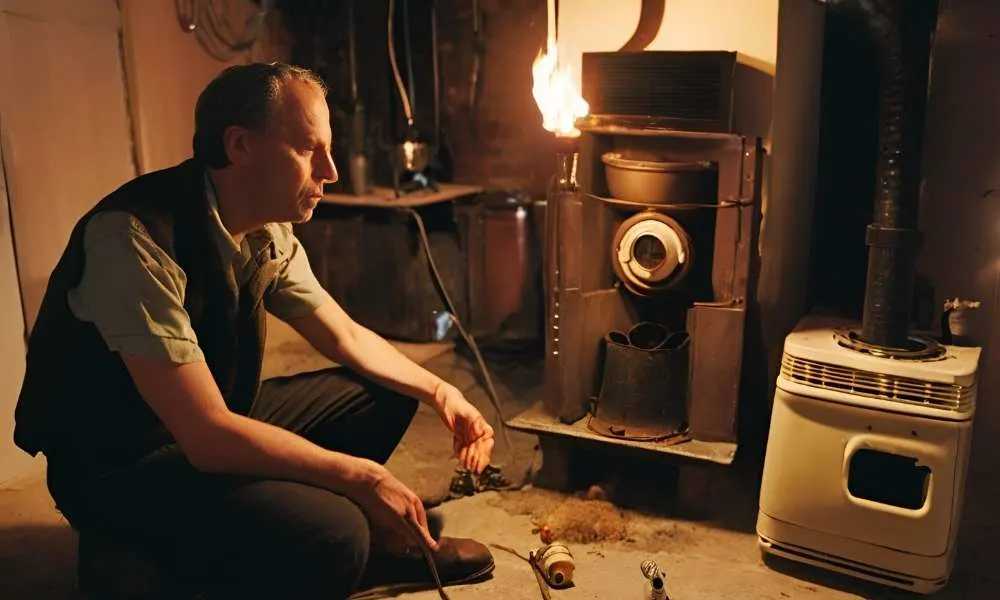
Temperature control is erratic or unresponsive.
Causes:
- Miscalibrated thermostat
- Wiring problems
- Failed thermostat components
- Interference from nearby heat sources
Solutions:
- Recalibrate existing thermostat
- Check all wiring connections
- Replace thermostat if necessary
- Relocate thermostat if poorly positioned
Estimated Repair Cost:
- New thermostat: $50-150
- Professional installation: $100-200
- Wiring repair: $75-150
12. Incomplete Combustion
Pellets aren’t burning completely, leaving partially burned fuel in the burn pot.
Causes:
- Improper air-to-fuel ratio
- Dirty burn pot
- Inadequate ventilation
- Poor quality pellets
Solutions:
- Clean burn pot thoroughly
- Adjust air intake settings
- Verify proper ventilation
- Switch to higher quality pellets
Estimated Repair Cost:
- Professional cleaning and adjustment: $200-350
- Ventilation system repair: $150-400
- Premium pellets (preventive): Additional $1-2 per bag
Remember: Regular maintenance can prevent many of these issues. I recommend a professional cleaning and inspection at least once per heating season, which typically costs between $200-300 but can save thousands in potential repairs and extend your stove’s life significantly.
